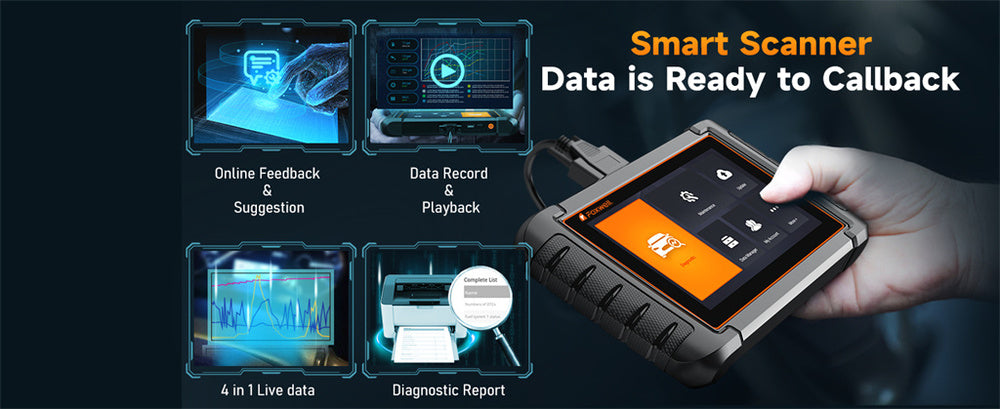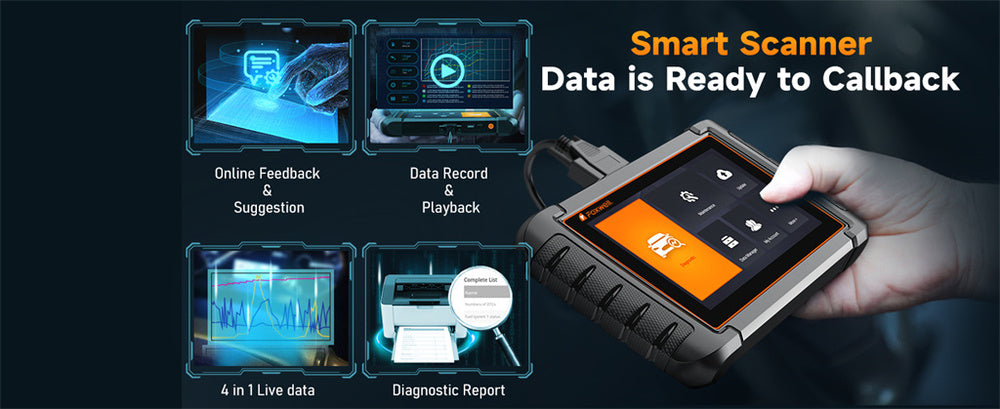Your car’s fuel pump is one of those essential components that often goes unnoticed—until it stops working.
The pump’s job is to move fuel from the tank to the engine, and when it’s failing, you might notice things like engine stalling, poor performance, or trouble starting your car.
Testing your fuel pump is key to catching issues early before they turn into costly repairs.
Here's how you can test your fuel pump, spot signs of trouble, and figure out whether it's time to replace it.
Why Testing the Fuel Pump Matters

Think of the fuel pump as the lifeblood of your car’s engine.
Without it working properly, the engine won't get the fuel it needs to run, which can cause all sorts of headaches, from poor performance to a complete failure to start.
By testing the pump, you can make sure it's doing its job and avoid bigger issues down the road.
Common Signs Your Fuel Pump Might Be Failing
Before you dive into testing, keep an eye out for these red flags:
- Hard Starting: If your engine cranks but won’t start, it could be a sign that the fuel pump isn’t getting the fuel to the engine properly.
- Engine Stalling: A sudden stall while driving could mean the pump is failing intermittently.
- Loss of Power: If you’re finding it hard to accelerate, the pump might not be delivering the proper pressure to the engine.
- Strange Noises: If you hear a whining or buzzing sound from the fuel tank, it could indicate a failing pump.
- Poor Fuel Economy: A malfunctioning pump can mess with fuel delivery, leading to reduced fuel efficiency.
Tools You’ll Need for Testing
To test the fuel pump properly, you’ll need a few basic tools:
- Fuel Pressure Gauge – This helps you measure the fuel pressure and figure out if the pump is working as it should.
- Multimeter – For checking the electrical connections to the pump.
- Jumper Wire – Handy for bypassing relays if you need to test the pump directly.
An OBD2 scanner like the Foxwell NT809TS can also make your life a lot easier. It gives you access to real-time diagnostic data and can pinpoint problems with the fuel pump or related systems.
Step-by-Step Guide to Testing Your Fuel Pump
Check the Fuse and Relay
Start with the basics: check the fuel pump fuse and relay. A blown fuse or a faulty relay can prevent the pump from working. Replace any blown fuses and test or bypass the relay to see if that gets the pump running.
Test the Fuel Pressure
Use the fuel pressure gauge to see if the pump is maintaining the right pressure:
Attach the gauge to the fuel rail or a test port on the fuel line.
Turn the ignition key to the "on" position (but don’t start the engine) to prime the fuel pump.
The pressure should fall within your vehicle’s manufacturer-specified range (usually around 30-50 psi, but double-check your manual).
If the pressure is low or there’s no pressure at all, it could point to a pump issue.
Listen for the Pump
With the ignition on, listen closely near the fuel tank for a humming or buzzing sound. This is a sign that the fuel pump is running. If you hear nothing, the pump may not be getting power or could be malfunctioning.
Test the Electrical Connections
Next, grab your multimeter and check the voltage at the fuel pump’s electrical connector. You should see around 12 volts when the ignition is on. If the voltage is too low or missing, you might have an issue with the wiring, fuse, or relay.
Inspect for Fuel Leaks
Look over the fuel lines near the pump for any visible leaks. Leaking fuel can not only cause a loss of pressure but is also a serious fire hazard. If you spot any leaks, replace the damaged components right away.
Use the Foxwell NT809TS OBD2 Scanner
To take your diagnostic game to the next level, use an OBD2 scanner like the Foxwell NT809TS. This tool can read error codes related to the fuel pump and other parts of the fuel system. Some common trouble codes you might see with a failing fuel pump include:
- P0087 – Fuel Rail Pressure Low
- P0230 – Fuel Pump Primary Circuit Malfunction
- P0171 / P0174 – System Too Lean (Fuel Delivery Problem)
The scanner also gives you access to live data from your vehicle’s sensors, allowing you to check things like fuel pressure and fuel trim in real time. This can help you see if the fuel pump is operating properly or if something’s off.
Why the Foxwell NT809TS Is Worth It
If you’re serious about diagnosing fuel pump issues, the Foxwell NT809TS is an awesome tool to have:
- Real-Time Monitoring: Watch live data from your fuel system to see if the pump is working properly.
- Simplified Troubleshooting: It reads trouble codes, saving you time and effort when figuring out what’s wrong.
- Broad Compatibility: It works with over 60 car brands, making it a versatile tool for all sorts of vehicles.
- Advanced Features: It even lets you activate fuel pump circuits and relays directly, which can save you from needing extra tools.
Key Indicators of a Healthy Fuel Pump
In addition to fuel pressure readings, keep an eye out for these signs to determine if your fuel pump is in good shape:
- Stable Pressure: A healthy pump will maintain steady pressure within the recommended range. If the pressure keeps dropping, it could mean the pump is weak or on its way out.
- Consistent Voltage: If the pump isn’t getting the right voltage, there may be an electrical issue.
- Steady Fuel Flow: The pump should deliver a steady flow of fuel. If you notice any irregularities, the pump might be struggling and need replacing.

Safety Precautions When Testing a Fuel Pump
Working with fuel can be hazardous, so always follow these safety tips:
- Ventilate the Area: Make sure you're working in a well-ventilated space, preferably outdoors, to avoid inhaling harmful fumes.
- Keep Sparks Away: Always keep any flames, sparks, or hot surfaces away from the fuel system to prevent fires.
- Wear Protective Gear: Gloves and safety glasses are a must to protect yourself from fuel and debris.
When Should You Replace the Fuel Pump?
If you’ve tested your pump and it’s not performing as it should, or if you're still dealing with issues like stalling or loss of power, it might be time for a replacement.
While replacing a fuel pump can be expensive, it’s crucial to keep your vehicle running smoothly and avoid bigger, more costly problems down the line.
Conclusion
Testing your fuel pump is a straightforward way to diagnose issues with your fuel system. By following these steps and using an advanced tool like the Foxwell NT809TS OBD2 Scanner, you can quickly identify any problems and make accurate repairs. Whether you're a DIY mechanic or a pro, the Foxwell NT809TS is a powerful tool that can save you time and hassle when diagnosing fuel system problems.
FAQs
How to make sure a fuel pump works?
To ensure a fuel pump is working, listen for a humming sound from the fuel tank when the ignition is on, use a fuel pressure gauge to check if it's maintaining proper pressure, and monitor fuel system data with an OBD2 scanner.
How do you diagnose a bad pump?
Diagnose a bad fuel pump by checking for common symptoms like difficulty starting, stalling, or loss of power. You can also use an OBD2 scanner to check for specific fuel system trouble codes or use a fuel pressure gauge to verify pressure.
How to test a fuel pump with a multimeter?
To test with a multimeter, measure the voltage at the fuel pump's electrical connector. With the ignition on, it should read around 12 volts. If there’s no power, there may be an electrical issue in the pump circuit.




Leave a comment
This site is protected by hCaptcha and the hCaptcha Privacy Policy and Terms of Service apply.